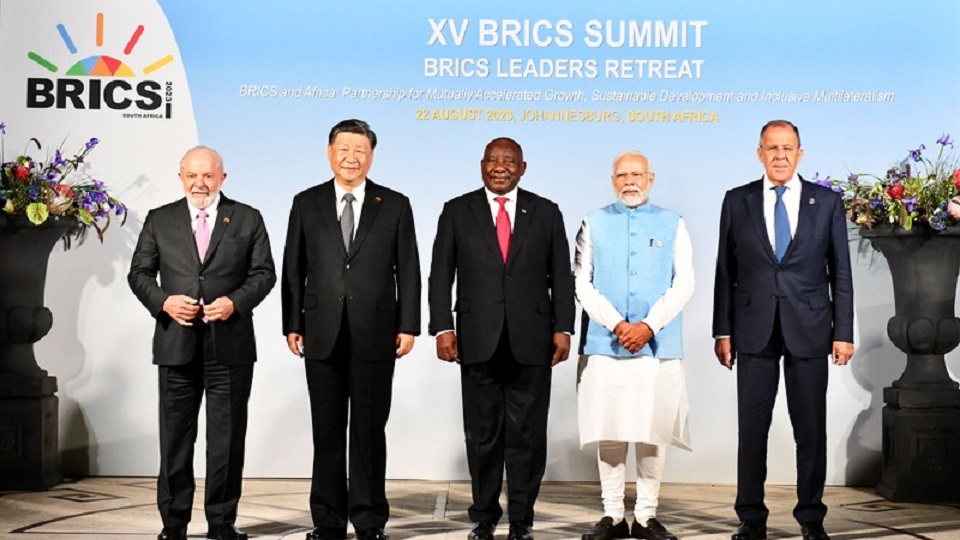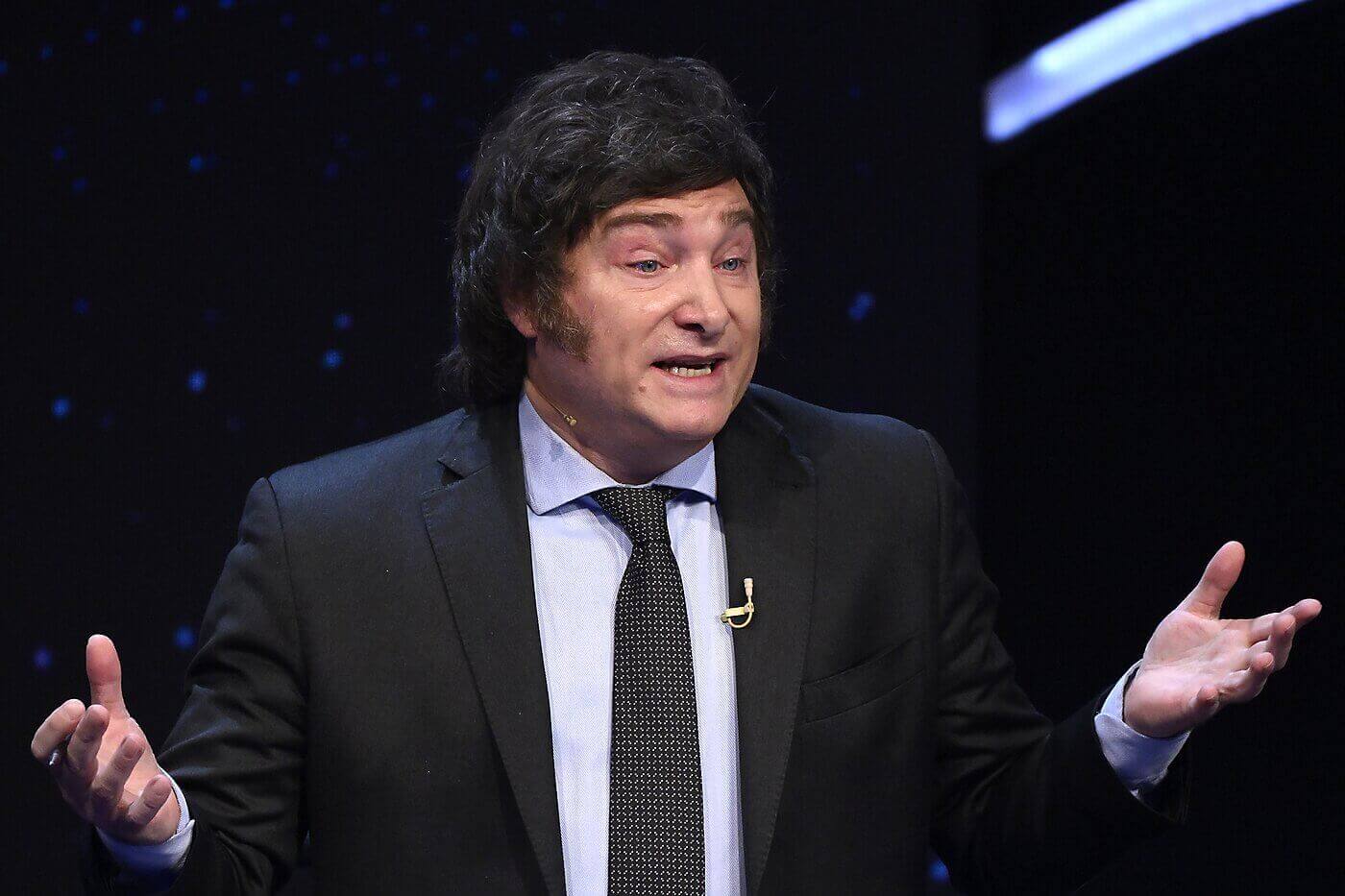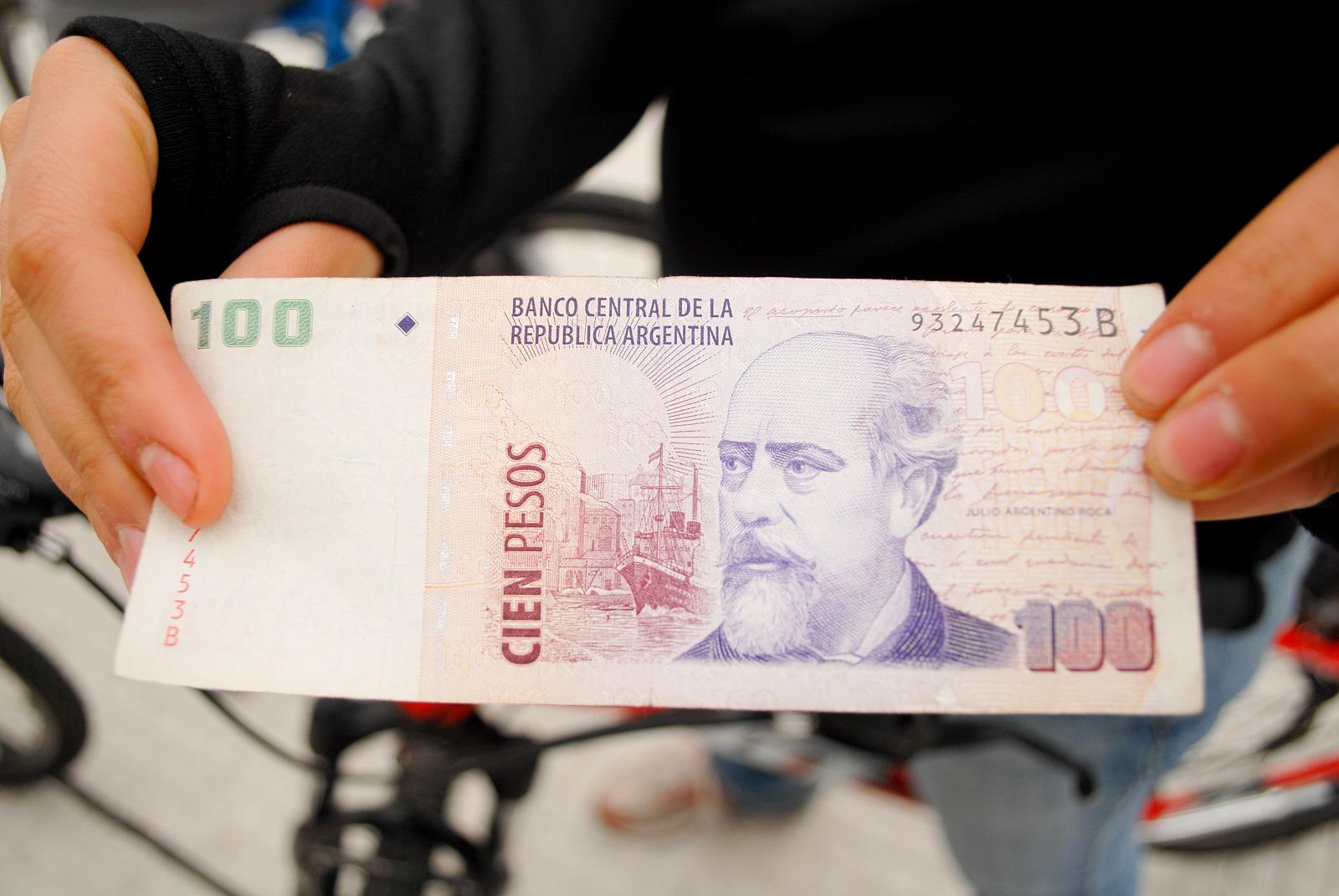Kicking off on Tuesday in Johannesburg, the 15th Annual BRICS Summit will hopefully put the answers to a lot of popular questions that have been building for months on record, including whether the BRICS nations plan to announce a new gold-backed trading currency to compete with the dollar, and how many of the two-dozen nations that have formally-applied to join the membership will be admitted into the bloc.
An acronym for Brazil, Russia, India, China, and South Africa, the BRICS nations together account for 40% of the world’s population and a quarter of its GDP. The members have rapidly increased trade between themselves over the last 5 years, but don’t see themselves as an alternative to, or competitor of, other groups like the G7, the G20, or the Shanghai Cooperation Organization.
Following Chinese President Xi Jinping’s arrival early yesterday morning, all the heads of state were present apart from Russian President Vladimir Putin, whose charges of war crimes brought by the International Criminal Court would require South Africa, a party to the court, to arrest him on arrival.
At times rhetoric about the potential of the BRICS nations is quite extreme, and at times more muted, especially depending on which member state is talking about it. In general however, it’s maintained to be purely a vehicle for economic development.
One of the biggest focuses of the summit will certainly be new admissions. Between the last BRICS Summit and this one, allegedly a dozen nations have formally applied to join the bloc and another 40 have expressed interest, but because there’s no official pathway to do so, this summit is believed to be the moment to clarify it.
“We do not want to be a counterpoint to the G7, G20, or the United States,” said Brazilian President Ignacio “Lula” Da Silva at the summit via a social media broadcast. “We just want to organize ourselves [the Global South]. We want BRICS to be a multilateral institution, not an exclusive club,” though he added there would be requirements so it doesn’t become a “Tower of Babel”.
Lula himself has pushed for Argentina, one of the first nations to formally apply to BRICS, to be admitted, which Chinese Foreign Minister Wang Yi has also publically supported.
In early March, South African Foreign Minister Naledi Pandor said that she had 12 letters of admission on her desk from various countries. “Saudi Arabia is one,” she said, according to The Hindu. “United Arab Emirates, Egypt, Algeria, and Argentina,” She added Mexico and Nigeria to the list by name, and detailed that “once we’ve shaped the criteria [for lending], we will then make the decision,” on the admission protocol.
Saudi Arabia’s Foreign Minister Prince Faisal is attending in person, reportedly to conduct talks directly regarding the Kingdom’s admission. Indonesian President Joko Widodo is also personallyattending the summit in Johannesburg. The archipelago is believed to be one of the strongest potential candidates as it is Southeast Asia’s largest economy. However, Indonesian press seem convinced that the geopolitical risks of more closely alligning with Russia outweigh the token economic benefits, since Indonesia maintains strong trade relations with both India and China.
According to Bloomberg’s coverage of the ongoing summit, Morocco, Thailand, Bolivia, Vietnam, Senegal, Ethiopia, and Bangladesh are all also interested parties.
The all-important question
For the West and particularly traders, the much-hyped question of whether there will be a BRICS currency issued by the BRICS bank, known officially as the New Development Bank, and whether it would be backed by a gold standard, will be the only aspect of interest.
“Why should every country have to be tied to the dollar for trade?” Brazilian President Lula, who put the ‘B’ in BRICS, said during his 2022 presidential campaign. “Who decided the dollar would be the [world’s] currency? “Why can’t a bank like the BRICS bank have a currency to finance trade between Brazil and China, between Brazil and other BRICS countries? Today, countries have to chase after dollars to export, when they could be exporting in their own currencies”.
Talk of a potential gold-backed trading currency issued by the NDB got supercharged after a statement last month by a Russian embassy confirmed that there was going to be one and that it wasn’t just talk, though this was not backed up by any other BRICS entity, and the statement included no timeline.
“I have defended the idea of adopting a reference unit of account for trade, which will not replace our national currencies,” Lula again told a BRICS business forum on Tuesday in Johannesburg.
What’s almost certainly to come of this summit will be future agreements to conduct trade in each other’s national currencies, such as is already happening between Brazil and China, and between India, Russia, and South Africa.
Based in Shanghai, the head the now 8-years-old NDB has said that one third of all lending between BRICS nations will be conducted in local currencies, leaving open the question of what the other two-thirds would be if the bank’s founding principle was to counter the World Bank and International Monetary Fund.
There hasn’t been a gold-backed exchange unit on Earth in 50 years, and it’s a relatively safe bet to suggest there won’t be one. The same problems that a gold-backed currency alternative to the dollar would cause for the dollar would be the same problems for the rupee, the ruble, the RMB, the rand, and the real. WaL
PICTURED ABOVE: The 15th Annual BRICS Summit, (from left to right) Lula Da Silva, Xi Jinping, South African President Cyril Ramaphosa, Indian Prime Minister Narendra Modi, and Russian Foreign Minister Sergei Lavrov. PC: GCIS.za


